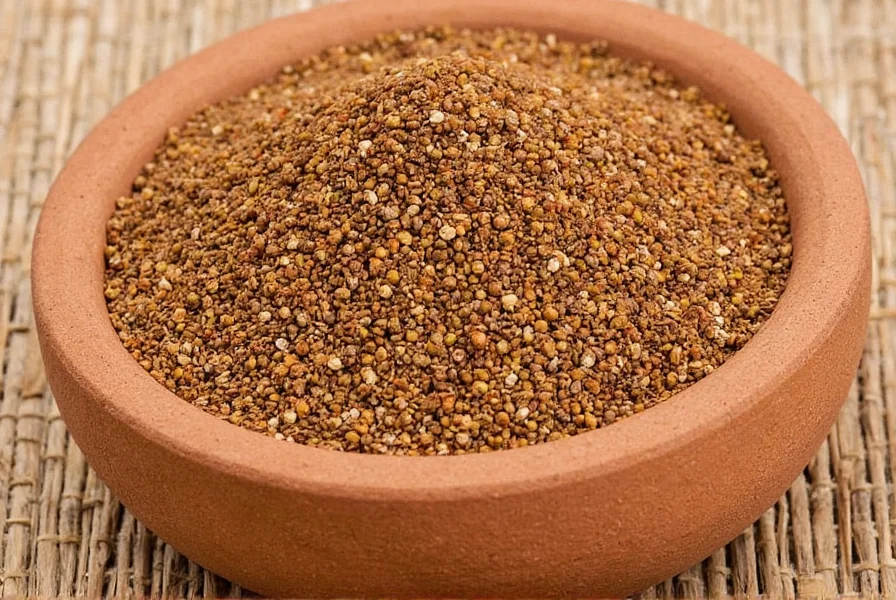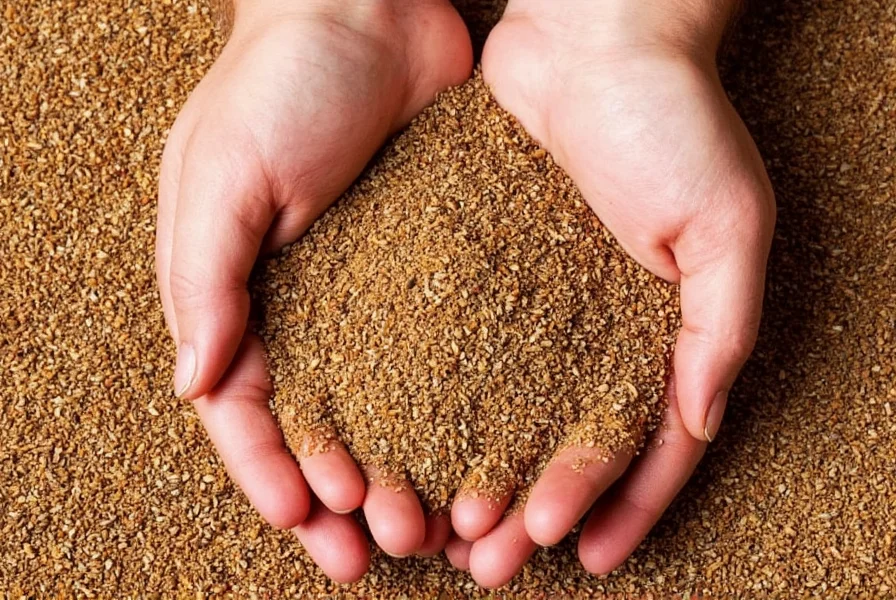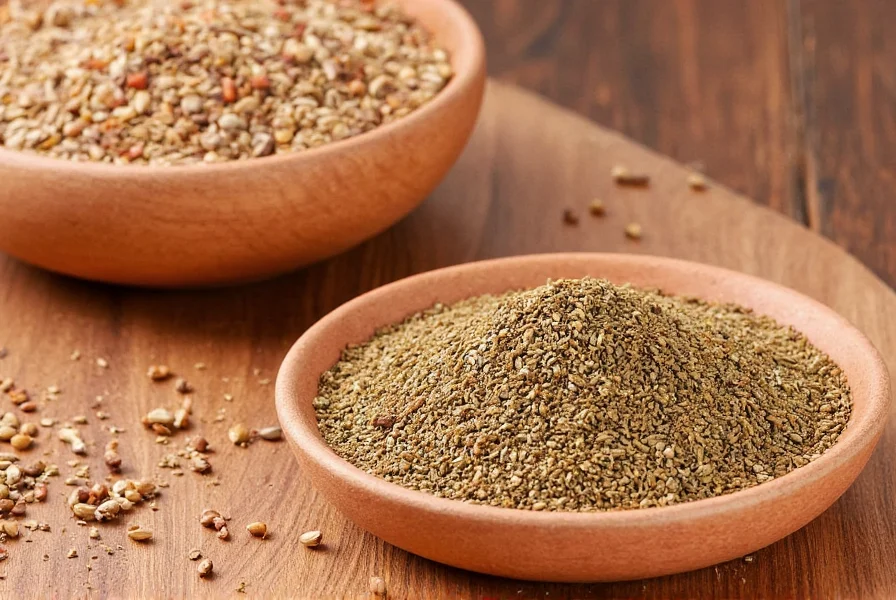Known locally as jeera, cumin holds a position of culinary prominence throughout India that extends far beyond mere seasoning. This ancient spice, scientifically classified as Cuminum cyminum, has been cultivated on the Indian subcontinent since the Harappan civilization, with archaeological evidence dating back to 2000 BCE. Today, Indian cumin represents approximately 50% of global production and dominates both domestic consumption and international spice markets.
Historical Significance of Cumin in Indian Culture
Cumin's journey in India spans millennia, with references appearing in ancient Ayurvedic texts like the Sushruta Samhita and Charaka Samhita dating to 600 BCE. Traditional Indian households have long valued cumin not only for flavor but also for its digestive properties. In many regions, newborns receive a ceremonial taste of cumin mixed with honey as part of annaprashan (first solid food) rituals, symbolizing health and prosperity.
Geographical Production Centers
While cumin grows across several Indian states, Gujarat stands as the undisputed heartland of Indian cumin cultivation. The arid regions of Patan, Mehsana, and Banaskantha districts produce the most prized varieties, benefiting from well-drained alluvial soils and specific temperature ranges during the growing season (October to February). Rajasthan and Uttar Pradesh contribute significantly to national production, though Gujarat's output consistently exceeds 400,000 metric tons annually—nearly the entire country's production.
| Top Cumin-Producing States | Annual Production (Metric Tons) | Percentage of National Output |
|---|---|---|
| Gujarat | 400,000 | 90% |
| Rajasthan | 30,000 | 7% |
| Uttar Pradesh | 10,000 | 2% |
| Other States | 5,000 | 1% |
Culinary Applications Across Indian Regions
Indian cumin seeds feature prominently in regional cooking techniques that vary significantly across the subcontinent. In North Indian cuisine, whole cumin seeds typically initiate the tadka (tempering) process, fried in hot oil to release aromatic compounds before adding other ingredients. South Indian cooking often employs roasted cumin powder in sambar and rasam preparations, while coastal regions incorporate cumin into seafood masalas. The distinctive flavor profile of Indian cumin—earthy with citrus notes and moderate heat—differs from varieties grown in the Middle East or Mediterranean regions.

Economic Importance and Export Markets
India's dominance in the global cumin market extends beyond production to export leadership. Annual exports exceed 100,000 metric tons, generating approximately $200 million in foreign exchange. Major importers include the United States, Saudi Arabia, and the United Arab Emirates, with increasing demand from European health food markets. The Indian government has established Geographical Indication (GI) tags for certain regional cumin varieties, protecting their authenticity and supporting premium pricing for genuine Indian cumin.
Different Varieties of Indian Cumin
While Cuminum cyminum represents the primary species, Indian farmers cultivate several distinctive varieties:
- Shivam: The most widely grown variety in Gujarat, known for high essential oil content (3-4%)
- GC-4: Developed for higher yield and disease resistance, featuring slightly larger seeds
- Patan: Regional variety prized for intense aroma and darker color
- SP-2: Suitable for mechanical harvesting with uniform maturity
Each variety offers subtle differences in flavor intensity, oil content, and seed size that influence their preferred culinary applications. Traditional Indian spice merchants often blend different varieties to achieve specific flavor profiles for regional cuisines.
Traditional Non-Culinary Uses
Beyond its role in Indian cooking, cumin maintains significance in traditional practices. Ayurvedic medicine utilizes cumin for digestive support, respiratory health, and as a galactagogue for nursing mothers. Many Indian households place cumin seeds in rice storage containers to deter pests naturally. During wedding ceremonies in certain regions, cumin and jaggery symbolize the bitter-sweet nature of married life. These multifaceted applications demonstrate cumin's deep integration into Indian daily life beyond mere seasoning.

Selecting and Storing Quality Indian Cumin
When purchasing Indian cumin, look for uniform seed size, a warm brown color (avoiding yellowish or blackened seeds), and a strong aromatic scent when crushed. Whole seeds maintain freshness significantly longer than ground cumin—typically 12-18 months when stored properly in airtight containers away from light and moisture. For optimal flavor in Indian cooking, many chefs recommend dry-roasting whole cumin seeds briefly before grinding, which enhances the essential oil release without burning the delicate compounds.
FAQ
What makes Indian cumin different from other varieties?
Indian cumin features a distinctive earthy flavor with citrus undertones and moderate heat, differing from Middle Eastern varieties which tend to be more pungent and Mediterranean types which are milder. The specific soil conditions in Gujarat, particularly the alluvial deposits along the Banas River, contribute to Indian cumin's unique chemical composition with higher thymol content.
Why is Gujarat the primary cumin-producing region in India?
Gujarat's semi-arid climate with moderate rainfall (500-700mm annually), well-drained alluvial soils, and specific temperature ranges during the growing season (15-30°C) create ideal conditions for cumin cultivation. The region's traditional farming knowledge passed through generations, combined with government agricultural support programs, has established Gujarat as the cumin heartland producing approximately 90% of India's total output.
How is cumin used in traditional Indian medicine?
Ayurvedic practitioners have used cumin for centuries to support digestive health, treat respiratory conditions, and enhance lactation. Traditional preparations include cumin water (jeera water) for indigestion, cumin paste for skin conditions, and cumin-infused milk for respiratory relief. Modern research has validated some of these applications, particularly cumin's carminative properties that help reduce bloating and gas.
What are the best practices for using cumin in Indian cooking?
For authentic Indian flavors, add whole cumin seeds at the beginning of cooking during the tempering (tadka) process in hot oil. The oil should be medium-hot (not smoking) to properly release cumin's essential oils without burning. When using ground cumin, add it after onions have softened but before adding tomatoes or liquids. Many chefs recommend dry-roasting whole seeds briefly before grinding to maximize flavor extraction in spice blends.











 浙公网安备
33010002000092号
浙公网安备
33010002000092号 浙B2-20120091-4
浙B2-20120091-4